NASSAU
Tree Isn’t Growing Leaves
Trees should begin leafing around April or the start of May. If your tree hasn’t begun leafing in mid-May, no need to panic just yet, it’s actually quite common. It could be showing signs of decay, stress, or even late blooming.
At GreenLeaf Tree Care, we see this every season, especially after a harsh winter or a wet April. Sometimes the tree is fine. Other times, it’s already in decline. The difference isn’t always obvious, but it can be critical.
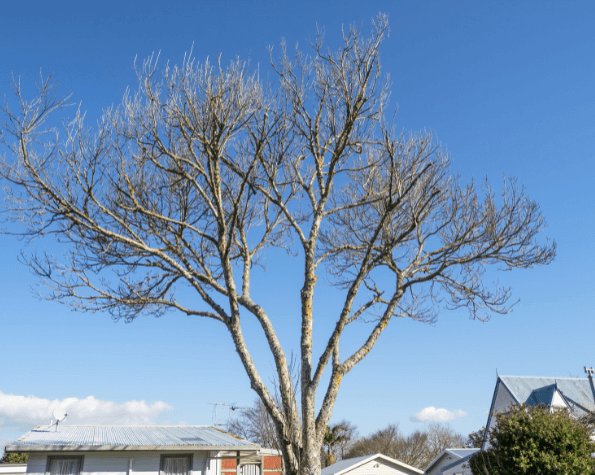
Signs Your Tree May Be Struggling to Leaf Out
- Tree branches are shriveled or brittle
- No buds visible by mid-May
- Buds are dark, dry, or fall off when touched
- Scratch test shows dry tissue under bark
- Trunk is cracking or oozing sap
- Suckers are growing from the base but not the canopy
- Neighboring trees of the same type have already leafed out
- Visible root damage or soil heaving around base
- Tree leafed out last year but not this year
- Branches snap easily when bent
- Leaves started to grow but then died
- One side of the tree is leafing, the other isn’t
- Fungal growth or mushrooms at the base
- Canopy looks thin or sparse compared to previous years
- Tree hasn’t leafed out for two springs in a row
- Leaves are smaller than normal or only growing at branch tips
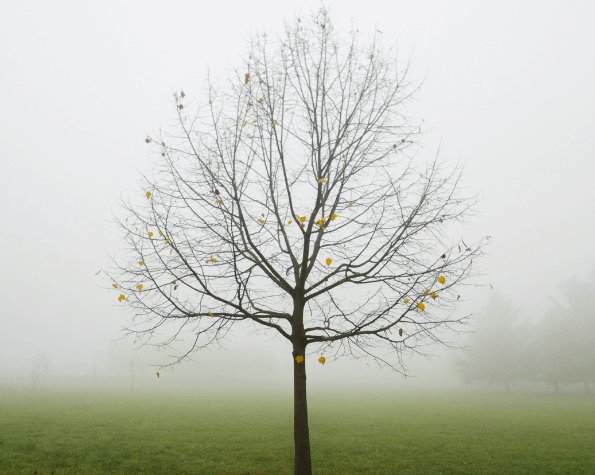
Not All Trees Leaf Out at the Same Time
Something important to know is that not all trees leaf out at the same time. Some leaf out in April. Others take their time and wait until May. Oaks, sycamores, and black walnuts are all really late starters, and they all behave differently. So, the key to asking “why is my tree not leafing?” is to first understand its type and symptoms.
A white oak that’s still bare in mid-May isn’t necessarily dead. But a Norway maple that usually leafs in April and hasn’t shown a bud is a different story. It’s all about the tree type. Jumping to conclusions can lead to unnecessary removal, when usually the tree may simply just need more time.
Common New York Trees and When They Leaf Out
- Silver Maple: early to mid-April
- Norway Maple: mid to late April
- Pin Oak: late April to early May
- White Oak: late May
- Sycamore: late May
- Black Walnut: late May
- Callery Pear: early to mid-April
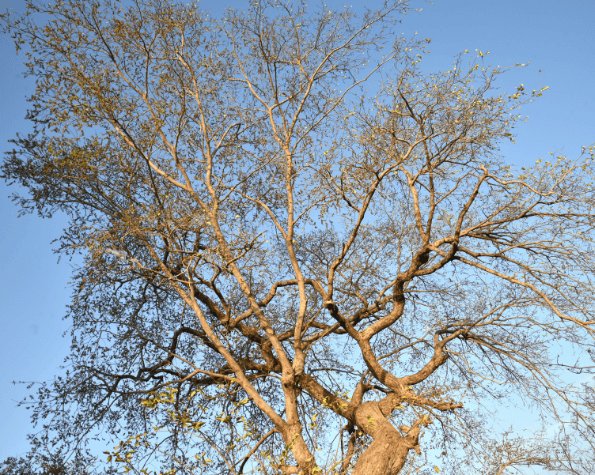
What Causes a Tree Not To Leaf Out?
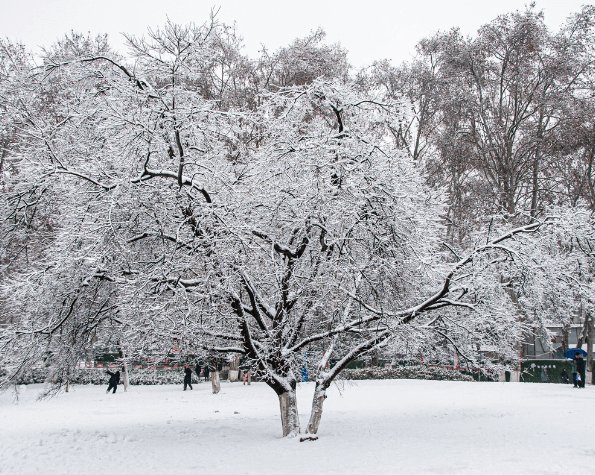
Winter Injury and Early Thaw Cycles
A warm February followed by a sudden March freeze can kill buds before they open. Maples and cherries are especially vulnerable because they tend to break dormancy early. If the tree was already stressed from drought or compaction, it may not recover. This kind of damage is common after the volatile winters we’ve had in recent years.
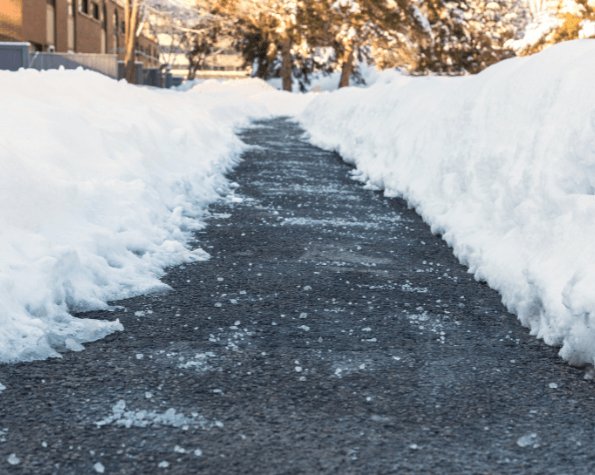
Road Salt and Chemical Exposure
Salt builds up in the soil over time, especially near driveways, sidewalks, and streets. It damages roots and kills buds, even if the tree canopy looks healthy. We’ve seen trees that appear fine above ground but are slowly dying below due to salt damage. If your tree is near a plowed road or you use de-icing salt products, this could be the reason your tree isn’t growing leaves.
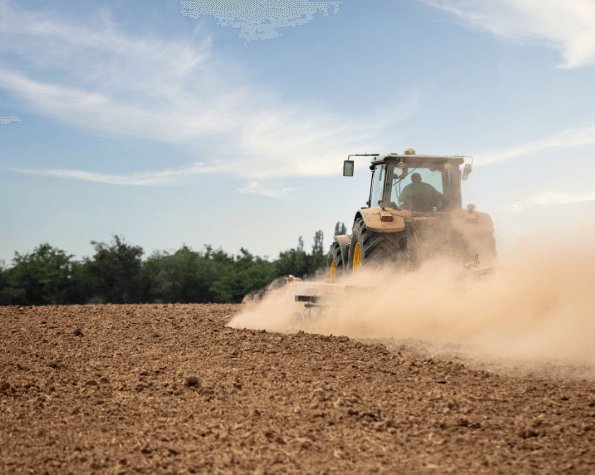
Root Compaction and Poor Soil Conditions
Heavy clay soil, foot traffic, or construction can compact the ground, preventing roots from getting oxygen and water. Even if the canopy looks okay, the roots might be suffocating. This is especially common in older neighborhoods with narrow yards and limited root zones, also known as critical root zones (CRZ).
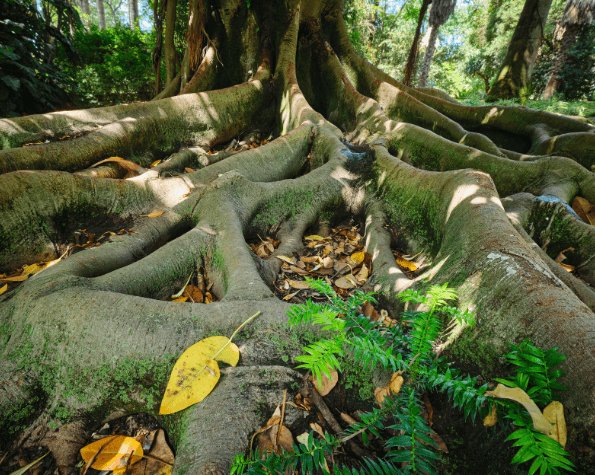
Girdling Roots
These wrap around the base of the trunk, cutting off the flow of nutrients. From the outside, the tree might look normal until it doesn’t leaf out one spring and never recovers. They’re often caused by improper planting or soil buildup over time.
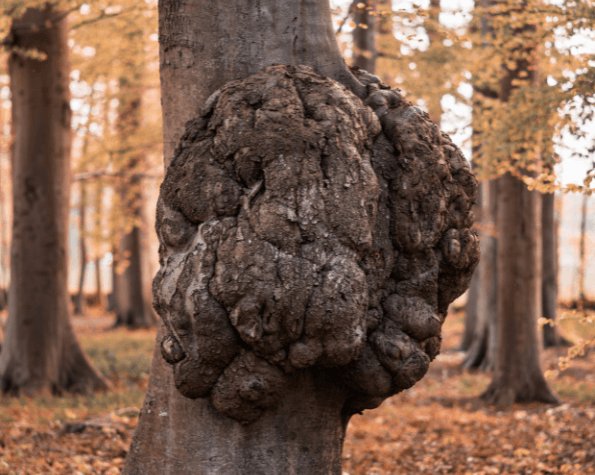
Disease and Fungal Infections
Anthracnose hits sycamores, oaks, and maples, often wiping out the first flush of leaves. Verticillium wilt, which affects maples and elms, shows up as streaked wood and sudden branch dieback. Once it’s in the system there’s no cure, and it can spread to nearby trees.
Can a Tree Come Back After Not Leafing Out?
The answer is simply sometimes. If it’s a young tree, and the roots are healthy, it might take a year off and come back stronger. But if the tree has been struggling for more than one season, or if the branches are brittle and the bark is peeling, recovery is unlikely.
Stress adds up, and if it’s been hit by disease, especially verticillium wilt, there’s unfortunately no coming back. The fungus stays in the soil and can infect other trees and nearby vegetation. We can help assess your tree to know whether it’s dying or not. At that point, removing your NYC tree isn’t a failure. It’s only about protection.

FAQs
This is a common sign of a tree in decline. What you’re seeing at the base are suckers (new growth coming from the roots, not the main trunk). The top of the tree is dead, but the roots are still alive and trying to survive. Suckers won’t turn into a real tree. They’re weak, poorly attached, and won’t develop a strong structure. If the main canopy is gone, the tree is effectively dead, even if there’s green at the bottom. We’ll help you assess whether it’s worth keeping or if it’s safer to remove it before it becomes a hazard.
Yes, and it’s more common than people think. Road salt doesn’t just melt ice, it builds up in the soil over time, damaging roots and killing buds. Trees near driveways, sidewalks, or plowed streets are especially at risk. The damage is often slow and invisible at first, but over a few seasons, it weakens the tree’s ability to take in water and nutrients. You might see stunted growth, delayed leafing, or dieback in the canopy. If you suspect salt damage, we can test the soil and recommend treatments to help flush out the sodium and improve root health.
Not if the tree is dead or severely stressed. Pruning won’t fix root damage, girdling, or fungal infections. In fact, cutting too much can make things worse by removing the tree’s ability to photosynthesize and recover. If the tree is still alive but struggling, light pruning of dead branches can help, but it won’t force new growth if the underlying issue isn’t addressed. We always recommend a full assessment before any pruning. If the tree is beyond saving, we’ll tell you honestly and help you plan for safe removal and replacement.
If your tree hasn’t leafed out, the first thing you should do is check for life in the branches.
- Take a small twig and scratch the bark with your fingernail or a knife. If the tissue underneath is green and moist, the branch is alive. If it’s brown and dry, move up or down the limb and try again. Three dead spots in a row? The branch is likely dead.
- Look at the buds. They should be firm, not shriveled. Cut one open. If it’s green inside, there’s still a chance. If it’s brown and hollow, it’s probably over. This is one of the most reliable ways to assess a tree’s health early in the season.
- Check the base of the tree. Any mushrooms, cracks, or soft spots? That’s a sign of decay. Is the trunk leaning? That could mean root failure. And consider the history. Did it leaf out last year? The year before? A tree that’s been slow for two springs in a row is unlikely to recover.
It depends on the cause and how long it’s been struggling. If the tree is completely dead, no green in the branches, no buds, and signs of decay, then it’s too late. But if it’s stressed but still alive, there may be a chance. We’ll look at the roots, trunk, and canopy to determine if recovery is possible. In some cases, improving soil conditions, mulching, or treating disease can help. But if the tree has been declining for two or more seasons, or if it’s infected with something like verticillium wilt, the odds are against it.
It depends. Some trees go through a year without leafing out and come back strong the next season, especially if they’re young and the roots are healthy. This can happen after a harsh winter, drought, or when the tree puts all its energy into root growth one year. But if the tree has been slow to leaf for two springs in a row, or if the branches are brittle and the trunk shows signs of decay, recovery is unlikely.
A tree with no leaves isn’t always dead, but it is under stress. A tree doesn’t stop leafing without a reason. The first thing we look at is timing. Oaks, sycamores, and black walnuts are naturally late to leaf, sometimes not until late May. If it’s early May and your maple hasn’t leafed, that’s different than an oak in mid-June. We also check the buds and do the scratch test. Green under the bark means it’s alive. Brown and dry means it’s likely done. Other causes include winter injury, road salt damage, girdling roots, or disease like verticillium wilt. It could also be root compaction from construction or soil that stays too wet.
Not really. If a tree is truly dead, meaning the cambium layer is dead all the way around the trunk and the roots are decayed, it won’t grow leaves. But what people often see is suckers growing from the base while the main canopy stays bare. That’s not the tree recovering, it’s the roots trying to survive. The top is dead, but the root system is still alive and pushing up new growth. These suckers don’t turn into a real tree. They’re weak, poorly attached, and won’t develop a proper structure. So while it looks like something is growing, the original tree is gone.
CONTACT GREENLEAF TODAY!
We’ve been helping NYC homeowners with sick, slow, non-leafing, and dead trees for over a decade. We’ll come to your yard, look at your tree, and tell you what’s really going on.
